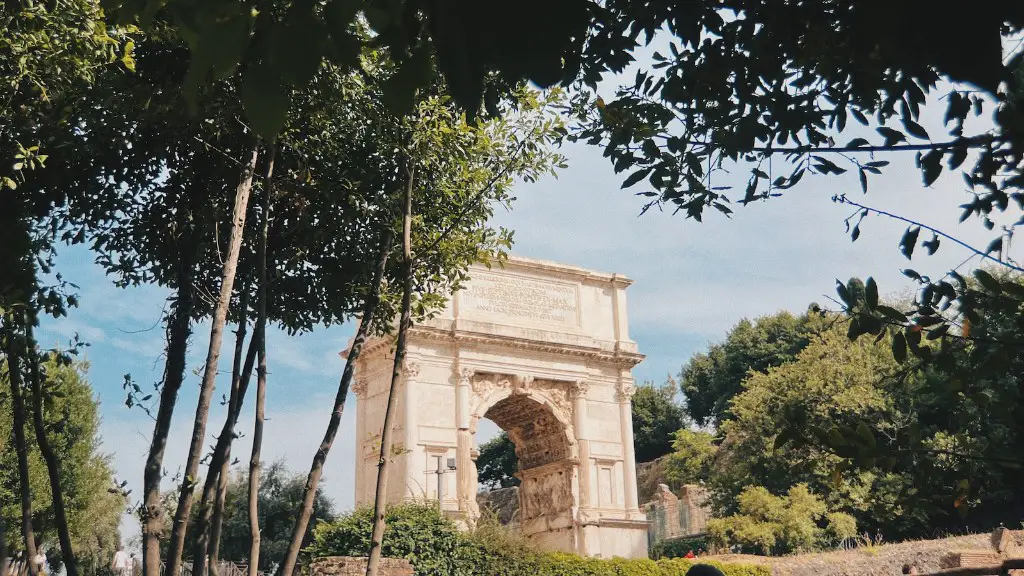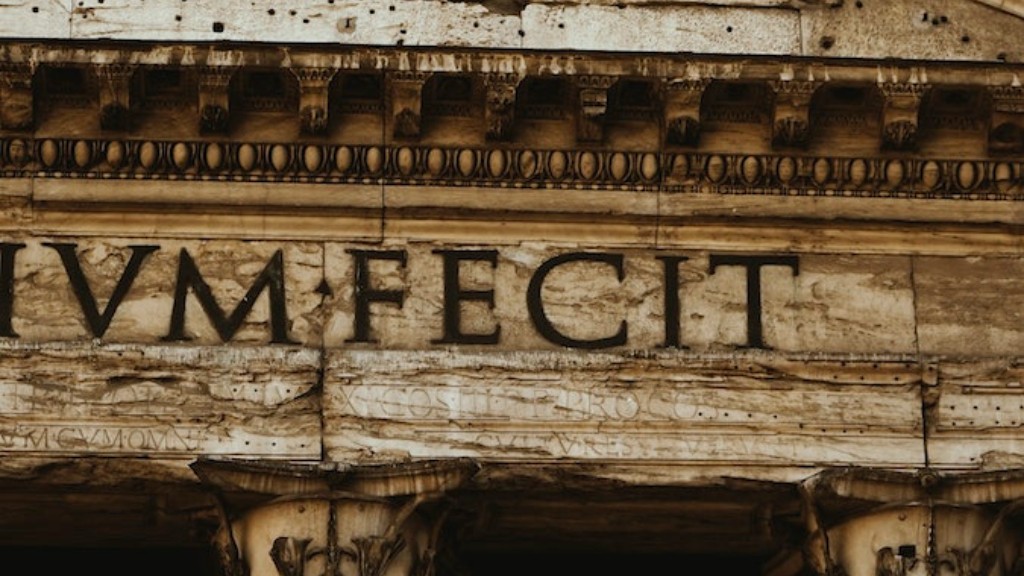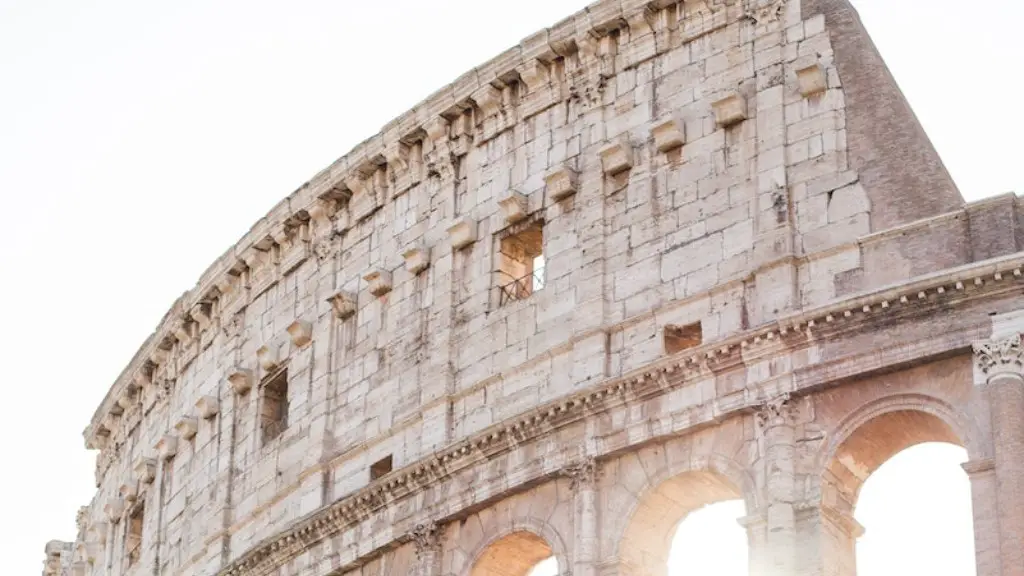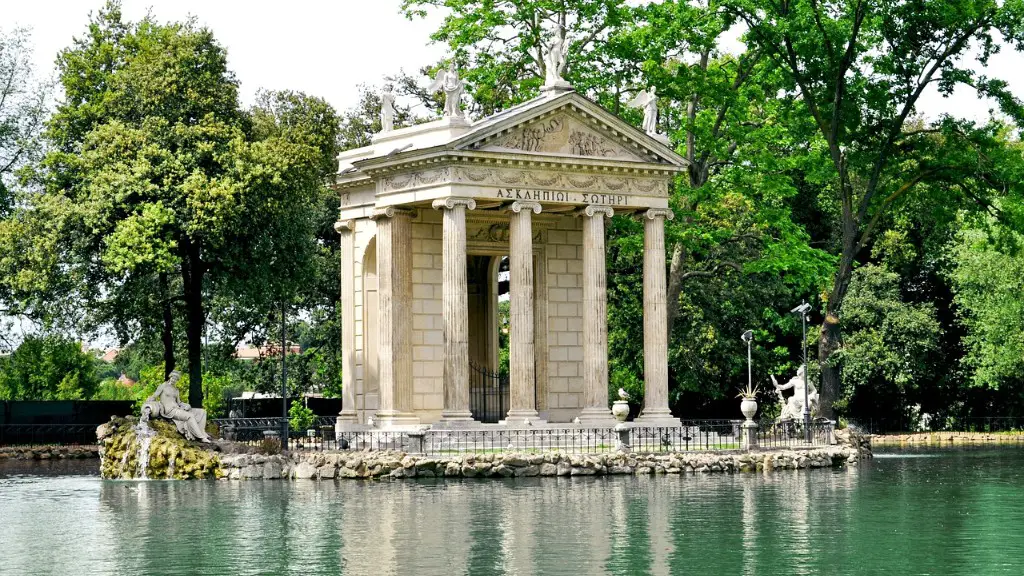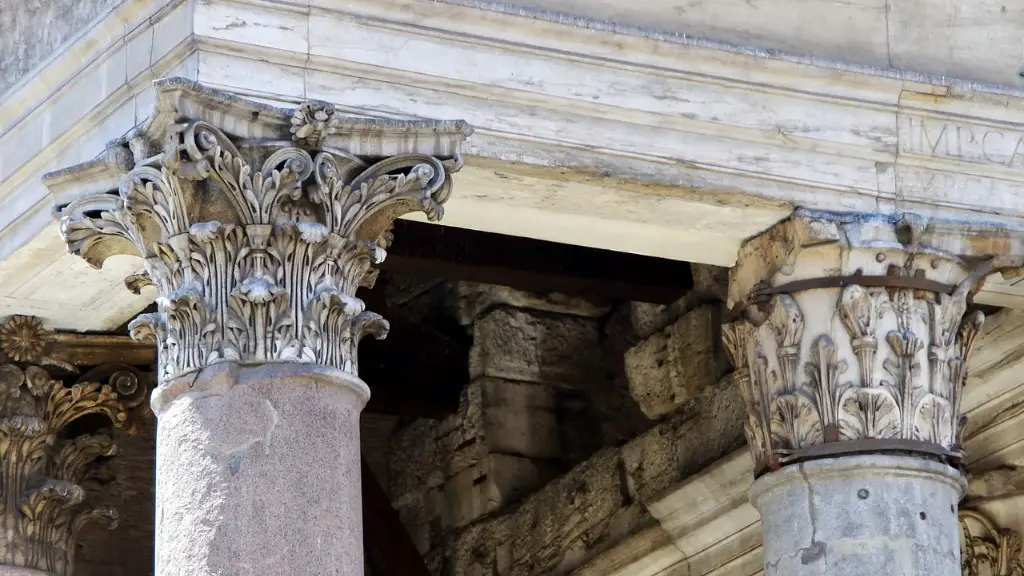Language of Ancient Rome
The language of Ancient Rome underwent a complex evolution. In the early centuries of Roman settlement in the Italian peninsula, Latin was the lingua franca for communication between people of different tribes. Under the rule of the Roman Empire, Latin began to evolve into what modern linguists refer to as Vulgar Latin, that is, a version of the language used in everyday conversations distinct from the language used by the state and the Church. During the Imperial period, Latin underwent a process of regularization and simplification, leading to further development of regional dialects and ultimately to modern Romance languages.
During the period when Ancient Rome was a monarchy, the kings adopted the Etruscan language as the official language of their court and it is believed that Latin was used primarily as the language of commerce and trade with other tribes. With the rise of the Republic in 509 BC, Latin transformed into a language of political, religious and legal discourse. Large scale public works projects saw the development of Latin as a language of engineering and architecture. Forum decrees, laws and military orders were also issued in Latin.
At the height of its power, the Roman Empire stretched from Persia to the British Isles, forming an ethnically and linguistically diverse population. Latin remained the language of the educated elite and was used in official communication, including currency, diplomatic correspondence, military units and public works. As the Empire expanded, Latin was adapted to the local languages in different provinces. It has been suggested that in Britain, Latin became the first language of the Roman administrators.
Under the rule of the Empire, Latin was also used as the language of religion. Christianity was initially practiced by Roman citizens, and the Bible was written in Latin as it was the language of the educated. During the Middle Ages, Latin was the language of the Catholic Church, used during religious ceremonies, sermons and private prayer.
Religion of Ancient Rome
Ancient Rome was a polytheistic society where gods and goddesses were worshipped by the people. The traditional Roman religion was based on a combination of mythology and historical narratives, and was closely intertwined with politics and the state. Roman religion existed in the form of ritual observances and public festivals, ceremonies that honoured the gods and communal activity. Temples were built including the Temple of Jupiter Capitolinus, established in 509 BC and regarded as the centre of public religion in Rome.
In the past, it was believed that the gods of Ancient Rome were the same as the gods of the ancient Greeks, with only their names changed to Latin versions. However, the religion of Rome was considerably more complicated than that. While some of the gods and rituals of Rome were adopted from the Greeks, many were unique and marked the transition from tribe-based religious systems to a sophisticated urban culture.
Above all other gods, the Romans worshipped Jupiter, the supreme ruler of the sky, who was accessible only via elaborate rituals. Other prominent gods included Mars, the god of war, Juno, the goddess of marriage, and Minerva, the goddess of wisdom. Temples to these gods were built across the empire to give citizens a sense of shared religious identity.
In the later centuries of the Empire, Roman religion was replaced by Christianity. This process was gradual, beginning with the conversion of Constantine to Christianity in the early fourth century. Christianity eventually became the official religion of the Roman Empire, and its practice was enforced by the Imperial court.
Evolution of Roman Religion
The evolution of Roman religion was a complex process that occurred over centuries as the country transitioned from a monarchy to a republic and eventually an Empire. Ancient Rome gradually moved away from tribal religious practices and adopted the gods, rituals and mythology of their neighbouring civilisations such as the Etruscans and the Greeks. As Rome grew in power, the gods of their neighbours were adapted and amalgamated into the Roman pantheon with Latin names.
The transformation of the Roman religion into a sophisticated institution was a result of the mass influx of people from different cultures, as the Roman Empire grew to encompass the Mediterranean region. This influx brought with it new ideas and beliefs, and the Roman state eventually adopted Christianity as its official religion, especially in the wake of the rule of Constantine.
Constantine’s adoption of Christianity began a process that resulted in the rapid decline of traditional Roman religion, though it remained a part of public festivities until the sixth century AD. At this time, the Christianisation of the Empire was complete, and Roman religion was abandoned as the official state religion.
Impact of Roman Religion on Society
The impact of Roman religion on Ancient Rome was significant. The state gods, temples and public ceremonies inspired patriotism, providing citizens with a sense of shared history and identity. The gods and rituals of Roman religion were also prominent symbols of power and authority, particularly in situations where the state had control over citizens’ lives.
The rise of Christianity had a large impact on Roman society, as it provided citizens with a new system of belief and a new set of values. Over time, the Christian religion transformed the Roman Empire, providing a moral framework and religious unity that had been lacking before. Christianity also provided new opportunities to the people, in terms of education, support networks, and access to power and resources.
Today, the impact of Roman religion can still be seen in the rituals and symbols of the Roman Catholic Church, which is in many ways a continuation of the Roman religion. The influence of Roman religion can also be seen in certain aspects of Western culture and language, such as in idioms, sayings and mythology.
Legacy of Roman Religion
The legacy of Roman religion remains evident to this day in both the Catholic and Protestant churches. Many components of the religion, such as festivals, processions, rituals and symbols, have been adopted and continue to be practiced today in a variety of forms. The seven sacraments of the Catholic Church, such as Baptism, Communion and Marriage, were adopted from traditional Roman religion.
The legacy of Roman religion can also be seen in the classical arts and literature of the region. Works such as the Aeneid by Virgil, which retells the traditional Roman myths of the gods, and the Satires of Juvenal, which satirize doctrines and beliefs of the Roman religion, have served to preserve the religion’s cultural influence.
Finally, the influence of Roman religion and its gods can be seen in many aspects of everyday life, such as personal names, street names, place names and literary works. In Rome itself, there are various monuments and artworks which commemorate and celebrate the gods of the Roman religion.
Relationship Between Language and Religion in Ancient Rome
The relationship between the language and religion of Ancient Rome was complex. Latin was the language of politics, commerce, law, engineering and architecture, while the traditional Roman religion was an integral part of the culture and was closely intertwined with politics and the state. The language and religion of Rome both underwent a process of change, from their tribal origins to the sophisticated urban culture of the Roman Empire.
During the period of the Empire, Latin was used as the official language of communication in the court, as well as the language of Christianity. Latin was also used for all official decrees, orders and instructions issued by the Imperial court, reflecting the importance placed upon the language both within the Empire and beyond.
The adoption of the Christian religion by the Roman Empire also saw the Latin language being used in a new way, as the language of religious ceremonies, sermons and prayer. This usage of Latin continues today in the Catholic and Protestant churches, which both use Latin in their religious rituals.
Drawing on both its tribal origin and its subsequent transformation into a sophisticated urban empire, Ancient Rome has left behind a rich legacy of language and religion that continue to shape the culture of the region even today.
Conclusion of Roman Religion
Ancient Rome was a polytheistic society where the gods and goddesses of Rome were worshipped via ritual observances and public festivals. As the Roman Empire expanded, Latin became the language of the educated elite and was used for official communication, including currency, military units and public works. The rise of Christianity in the fourth century saw the mass conversion to Christianity, making it the official state religion, and Latin was also used in religious ceremonies, sermons and prayer.
The Roman religion and its language continue to influence the culture of the region to this day. Latin is still the language of the Catholic Church, and many of the gods, rituals and symbols of the Roman religion have been adopted into the modern Catholic faith. Finally, the influence of Roman religion and its gods can be seen in many aspects of everyday life, such as personal names, street names, place names and literary works.
